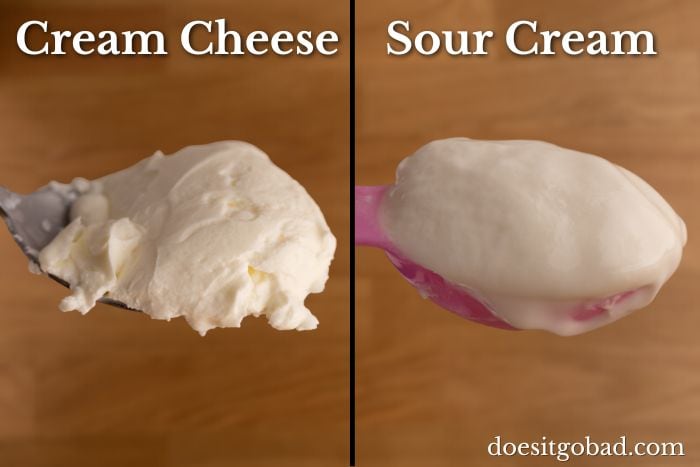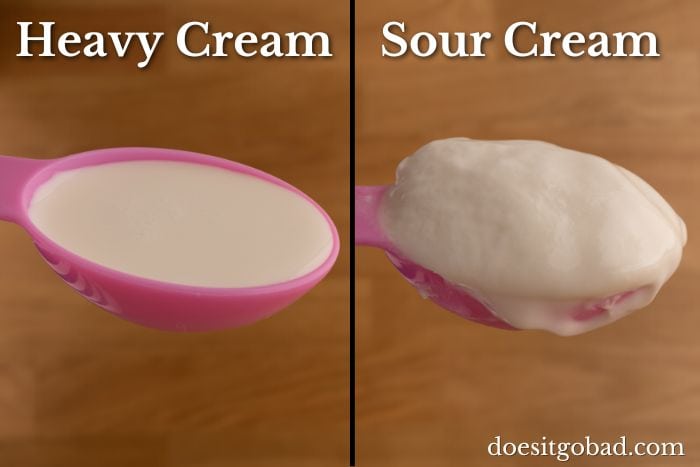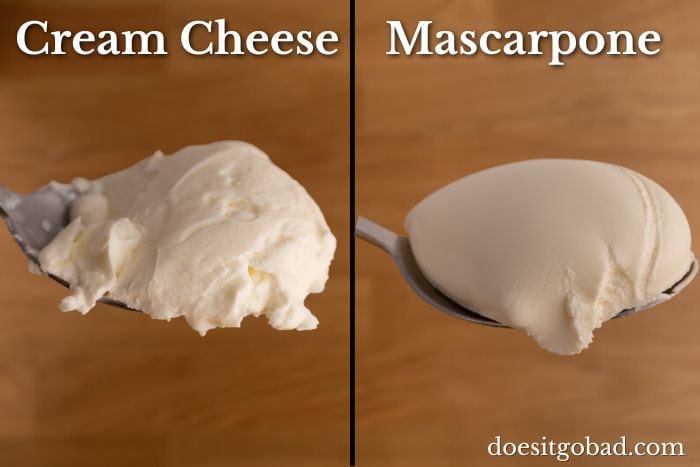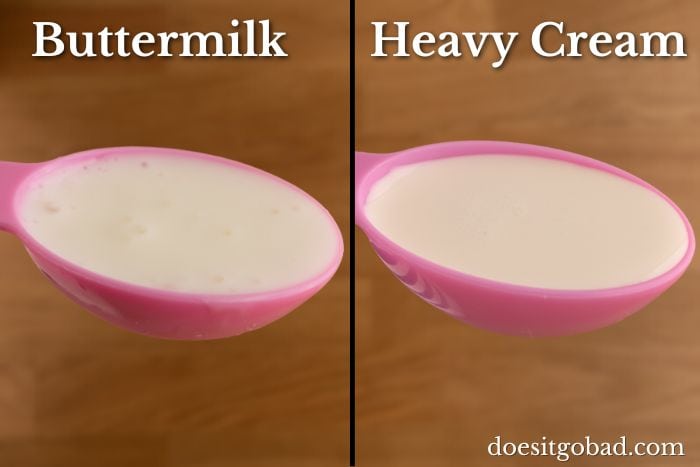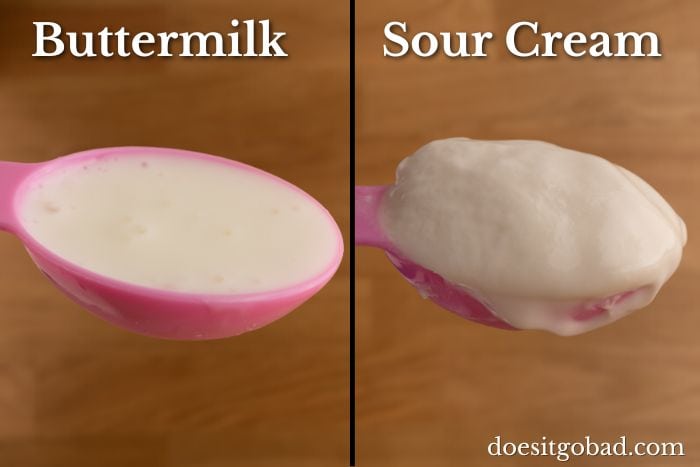Buttermilk vs. Kefir: Similarities, Differences, and When to Sub
Kefir and buttermilk are two cultured dairy drinks that are similar in both texture and taste. The main difference is that kefir is a popular probiotic consumed for its health benefits, while buttermilk is more popular in cooking and baking. In most cases, you can substitute one for the other.
Of course, that’s not to say that both are almost the same and the differences are negligible. Far from it.
Interested in learning about the differences, similarities, and when swapping makes sense?
If so, you’re in the right place. Read on.
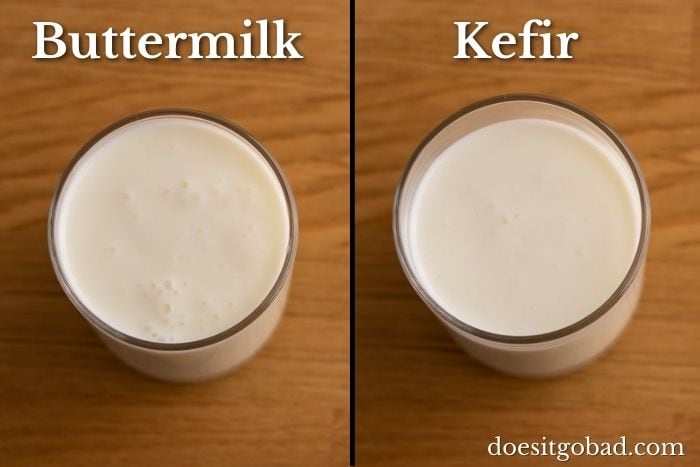
When to Substitute
As I already mentioned in the intro, often you can swap buttermilk for kefir and the other way around, but that’s not always the case.
Let’s get into the weeds.
Can You Substitute Kefir for Buttermilk?
You can swap kefir for buttermilk in almost any recipe. Kefir has a similar texture and taste, and is also acidic, which means it reacts with baking soda to leaven baked goods. So if you’re baking scones, biscuits, and the like, kefir will make them light and fluffy, too.
If you’re using buttermilk on cereals, granola, or in a salad dressing like ranch, kefir will do just fine in those uses too.
The same is true if you’re drinking it straight, as the taste and texture are almost the same.
What if you’re concerned about nutritional values?
If so, you’ll be happy to learn that they’re quite alike, with both foods providing about 43kcal of energy per 100g and having a similar macronutrient profile.
(We cover nutrition in more detail later.)
All in all, it’s difficult to point to a scenario where substituting buttermilk with kefir would be a bad idea. So if your buttermilk has gone bad, grab that kefir and carry on.
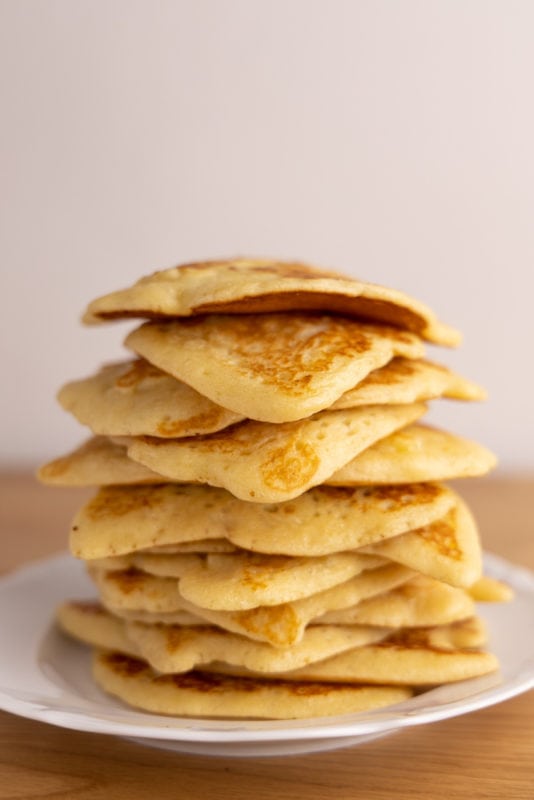
Can I Use Buttermilk Instead of Kefir?
Using buttermilk instead of kefir works great in pretty much any recipe. Both have similar flavor and texture, and both react with baking soda, acting as a leavening agent. But if you’re drinking kefir for its probiotics, that’s where buttermilk falls short as a substitute.
Cultured buttermilk, the widely available variety, is pasteurized and homogenized milk that’s then spiked with a culture of Lactococcus lactis or Lactobacillus bulgaricus (lactic acid bacteria, to keep it simple).
In other words, it doesn’t offer much in terms of probiotic benefits.
Kefir, on the other hand, contains 8+ different probiotic cultures, up to 12 or perhaps even more, depending on the brand. Plus, unlike buttermilk, it’s widely recognized as a probiotic drink.
Long story short, if you’re looking to up your intake of probiotics, stick with kefir. But if you need kefir for a cooked recipe and your kefir has gone bad, buttermilk will do the trick.
Having substituting one with the other out of the way, let’s talk about the similarities and differences between the two in various aspects.
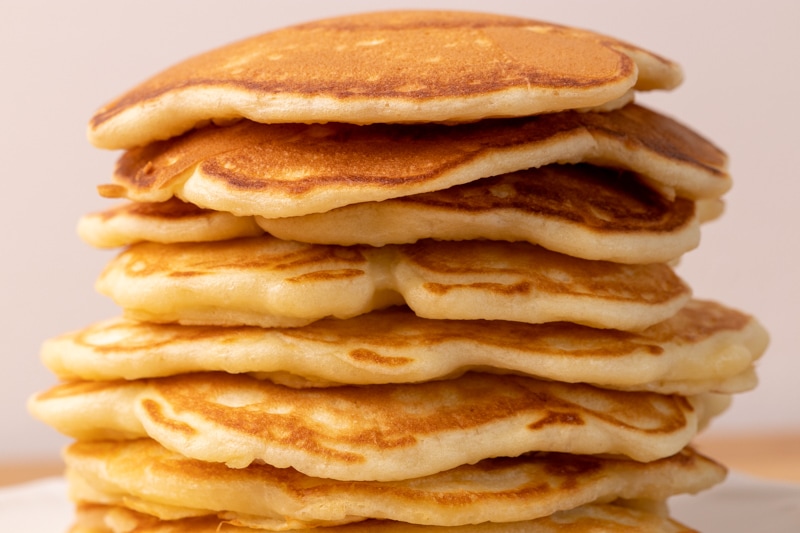
Buttermilk vs. Kefir: Differences and Similarities
There are many similarities between buttermilk and kefir, but there are also some crucial differences. I divided everything into a few sections so that it’s easier for you to read about what you’re actually interested in and skip the rest.
Taste and Texture
Both kefir and buttermilk look, taste, and feel quite similar. So if I gave you a glass of white, tart, pretty thick, and somewhat lumpy dairy liquid to drink and asked you to pick whether it’s kefir or buttermilk, you’d be right about 50 percent of the time.
In other words, most people can’t tell the difference.
To be fair, the fact that kefir and buttermilk from different brands have slightly different tastes and textures doesn’t help, either.
If you’re not super happy about the taste or texture of your kefir (or buttermilk), try a different brand. It’s not like milk when no matter the brand, it tastes pretty much the same.
Here’s how the texture of both compares:
(I didn’t shake my buttermilk as well as I should have, so it was a bit lumpier than usual. But overall, the texture is pretty much the same, as you can tell.)
Uses
| Buttermilk | Kefir |
|---|---|
| In baking muffins, biscuits, cakes, scones, and so on | Drinking it straight |
| In marinades | In baking |
| In salad dressings (like ranch) | Marinades |
| Drinking it straight | Dressings |
Buttermilk and kefir have pretty much the same uses.
The main difference is that most people consider kefir a dairy product to drink (like a drinkable yogurt), while buttermilk as something you buy to make baked goods or perhaps marinate your chicken.
In other words, it’s mostly a difference in perception of the product, as you can use both pretty much interchangeably.
The only significant difference is in the probiotic department, so if you want to add more probiotics to your diet, stick with kefir.
In addition, flavored kefir is widely available, whereas I’m yet to find a bottle of flavored buttermilk. Flavored kefir contains extra fruit and sugar to appeal to those who don’t particularly like the sour taste but would still like to get their probiotics in.
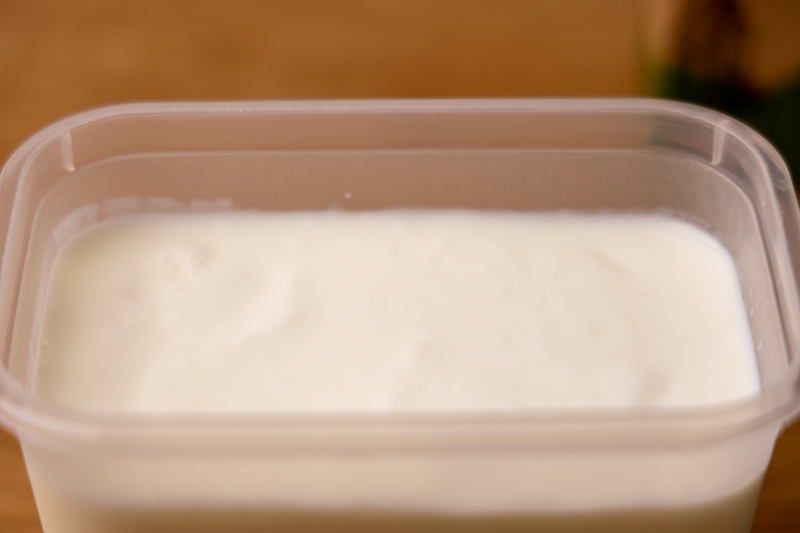
Nutrition
The macronutrient profile of both buttermilk and kefir is quite similar, and looks as follows (per 100g):
| (per 100g) | Buttermilk [source] | Kefir [source] |
|---|---|---|
| Energy | 43kcal | 43 kcal |
| Protein | 3.46g | 3.79g |
| Fat | 1.08g | 1.02g |
| Carbohydrates | 4.81g | 4.77g |
As you might imagine, the macronutrients aren’t that different from plain milk, as it’s the base for both products. Furthermore, both are okay sources of calcium, similar to other dairy products.
Please note that the data above are for low-fat buttermilk and low-fat kefir, as those are the most popular varieties available on the market. But like cow’s milk, full-fat varieties are also available, with a slightly higher fat content and, therefore, more energy.
An important difference between buttermilk and kefir is their probiotic content.
Kefir is a popular probiotic drink, and each bottle contains 8+ bacteria cultures. And if you’re drinking kefir to get in your daily dose of probiotics, don’t replace it with buttermilk.
Buttermilk, on the other hand, is milk inoculated with lactic acid bacteria that produce lactic acid, giving the drink its signature tartness. And it seems that the resulting drink isn’t classified as a probiotic.
It’s a different story for traditionally produced buttermilk, but it’s not easily accessible nowadays, so it’s best to stick with kefir.
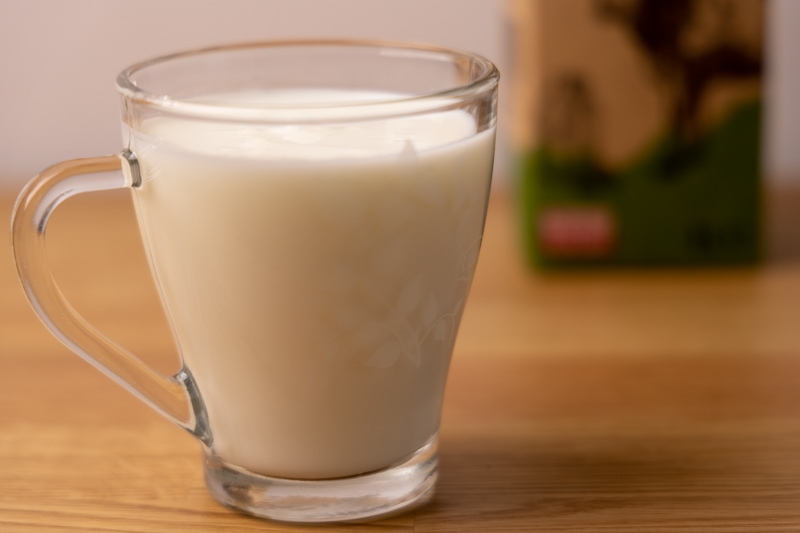
Production
The general production process for both kefir and buttermilk is similar, though the details differ.
And again, I’m talking below about the process of making cultured buttermilk, the one you buy in the grocery store, not how things were done way back when or how “real” buttermilk is produced.
Making Buttermilk
To make buttermilk, milk is first pasteurized to destroy any naturally occurring bacteria, then cooled to the appropriate temperature (about 72°F or 22°C) and inoculated with a starter culture of lactic acid bacteria.
After about 12 to 14 hours of bacteria converting lactose into lactic acid (that’s how buttermilk gets its acidity and sour flavor), the mixture is stirred, cooled, packaged, and refrigerated.
The above process requires ripening the milk spiked with the starter at a specific temperature for an exact period to get the acidity and flavor right. It’s not nearly as forgiving and easy to replicate at home as the process of making kefir.
Last but not least, there are ways of making a homemade buttermilk substitute using milk and acid (such as vinegar or lemon juice), but what you’ll get is good enough for baking but probably not for drinking plain or pouring on your cereals.

Making Kefir
To make kefir, you add kefir grains to milk (cow, goat, or sheep all work fine) and leave the mixture in a container for 12 to 24 hours at room temperature to ferment. Then the grains are strained, and kefir is what’s left.
The process is super simple; the strained grains can then be used to make another batch and reused indefinitely. Plus, they grow a bit after each fermentation.
Because of this simplicity, many regular kefir drinkers stop buying the dairy product and instead make their own kefir at home. All you need to get started is to buy a starter kit that includes kefir grains and perhaps a couple of extra tools to help with the production process.
Having that on hand, you can start making your own kefir and continue doing so forever. It’s similar to having and maintaining a sourdough starter.
The Bottom Line
Kefir and buttermilk are similar in taste, texture, and how you can use them, making substituting one with the other a great option in almost all cases. Definitely better than subbing heavy cream for buttermilk or even using sour cream instead of buttermilk.
The only significant difference between the two is in terms of probiotic content. If you’re looking for a probiotic dairy drink, kefir is the one to choose, and buttermilk is a poor substitute.
Rotten Records: Share Your Snap!
Caught some food past its prime? Upload your photo to “Rotten Records” and help others spot the signs of spoilage. Every image makes our food community safer and more informed!
